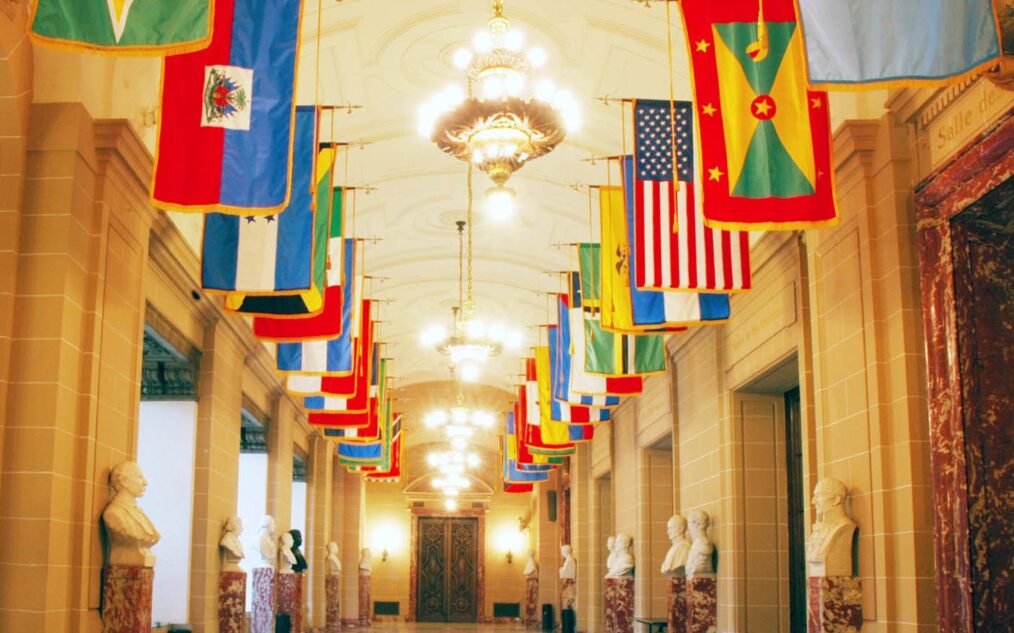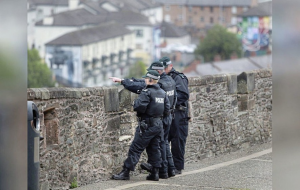
Hall de Las Americas
Latin America has avoided the terrorist wave that has brutalized other parts of the world. That’s not to say that 7.5 million square mile swath of territories stretching from the northern border of Mexico to the southern tip of South America, including the Caribbean is immune to violence or that life there is a utopian paradise.
The region is rife with gun violence, murders, gang fights, drug traffickers, and civil wars. But, it has mostly avoided terror attacks and their brutal consequences.
This region has marginalized populations. It has poverty, and there are few opportunities to escape inequalities common in other regions such as the Middle East. But no corollary incidence of terror. The aforementioned characteristics – violence, marginalized populations, poverty, and injustice are the principal criteria that drive recruits to terror organizations. However, the datasets diverge when you consider what the hostiles are fighting for. Usually, they are fighting what they perceive as the oppression of a foreign group invading their lands.
In the last century, terror groups have executed attacks against oppressive powers the world over. The Black Hand, which assassinated Archduke Franz Ferdinand, initiating World War I, intended theirs to be a blow against the oppressive Austro-Hungarian Empire, and an advancement in the cause of a free Serbia.
Several Middle East groups arose from French and English occupation following the Treaty of Versailles. Across the Mediterranean, nationalist groups such as IRA and ETA were formed with the intent to gain statehood for their people, the Irish and Basques. Famously, the Soviet invasion of Afghanistan in the 1980s saw terror groups spring up – in the context of the Cold War – sometimes with military support from a superpower like the United States. With the US invasion two decades later, this infrastructure was turned against what in some cases were those very groups.
Latin America has not gone through similar processes. Since its colonization in the 16th and 17th centuries, there have not been similar invasions or occupations. There was the Falklands War in 1982, but the island considered itself British and not Latin American. Most of the wars since have been between their European colonizers or didn’t lead to comparable military occupations.
Latin America is more ethnically homogenous than the Middle East, or even the U.K., Spain, and the Balkans. This too keeps it away from the sectarian nature of terrorism. Foreign influence is indirect, unintrusive, it focuses on politicians. Civil wars in this region were contained to settling internal politics. Notable exceptions such as the FARC shifting from revolutionaries to narco-terrorists, and 1994’s AMIA bombing in Argentina, notwithstanding.
On the flip side, there are vulnerabilities that come from Latin America’s relative freedom from terror: it is in no way prepared to deal with an attack should one happen. The Economic Commission for Latin America and the Caribbean calls attention to how such extreme events are incredibly expensive, citing 9/11 as a case in point. More than $50 billion in damages occurred, necessitating, “…some degree of state intervention to secure the solvency of insurance market institutions in the wake of large contingencies.”
The countries comprising Latin America, coupled with the Organization of American States (OEA) must take steps to vouchsafe markets and continuity of day-to-day life should an attack occur on Latin American soil. Hezbollah has unmistakably established a foothold in the border region between Brazil, Argentina, and Paraguay.
Besides, with globalization, terrorist organizations can plan attacks in one region while executing it in another. Latin America may be more exposed to harm than it realizes. If it doesn’t take steps to protect itself the consequences could be devastating.



